Mekong Delta area takes 80% of shrimp farming area and production with 2 distinctly dry and raining seasons. In dry season, high salinity and temperature result in low dissolved oxygen together with algae bloom and easily collapsed to exhaust dissolved oxygen, producing anerobic condition in the pond bottom and that favorable for shrimp disease pathogens to bloom. In contrast, in raining season there is a big fluctuation in water-quality parameters following some big rains that result in stressful triggers to shrimp and shrimp is more susceptible to diseases, especially during molting period is an excellent time for pathogens invading shrimp’s body as under stressful condition the shrimp is taking longer time for hardening the shells.
Serious shrimp diseases include acute hepatopancreatic necrosis disease (AHPND) also known as early mortality syndrome (EMS), enterocytozoon hepatopenaei (EHP) is a microsporidian parasite, and thewhite feces syndrome (WFS) refers to the presence of floating white fecal string in shrimp ponds. The serious shrimp diseases with the most concerns today are the EHP and WFS as there has been no effective solutions and it seems to be easily co-infection among these diseases during seriously stressful conditions.
The AHPND was investigated by Dr Loc Tran and Dr Lightner that the disease caused by Vibrio parahaemolyticusand currently with solutions on improving water quality and top-dressing with medicines and health addtives within 3 – 5 days, shrimp would be recovered from the disease and farmers know well how to control this disease.
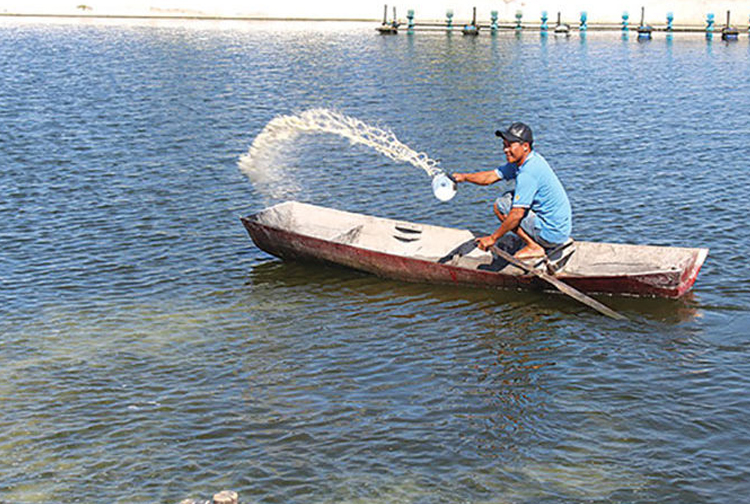
The EHP disease is caused by a microsporidian that is classified as fungus. In the field, farmers have observed the EHP commonly during the first 45 days of culture cycle. EHP disease if infected from shrimp postlaevaes due to not being properly screened for the disease (not using Nested PCR or Realtime PCR), the disease is easy to manifest in the first 30 days of release and if severe infection will be susceptible to infection with AHPND.In case of EHP infection from water sources in the farm, the disease is common in a period of 30 to 45 days, some cases are later when shrimp reach 45 to 60 days of culture cycle and this case EHP disease is easily susceptible to white stool disease.
There has been a lot of evaluation, research and survey of the WFS disease with many different opinions on the causes of the disease including Vibrio sp., gregarine and infection with EHP disease but so far there have been no studies confirming the main cause of white feces disease. However, Luis et al. (2021) recently conducted aco-infection experiment on ehp-infected shrimp sources with Vibrio parahaemolyticus taken from the intestines of shrimp of the white feces disease that resulted in the shrimp having white feces, and EHP disease would be more severe in the presence of Vibrio parahaemolyticus.
The fact of observation is interesting and almost the same across all species of organisms, including humans who are under stress condition will often be susceptible to disease infections. In shrimp as well and most obviously acute hepatopancreatic disease and white feces disease is easy to beoutbreak followingstressfully environmental triggers from the bottom of the pond or after long hot days, after heavy rains, after algae collapse, shrimp are very susceptible to AHPND and white feces, including EHP co-infection.
Therefore, managing the stress factors by approaching anti-stress feed strategies, managing environmental factors in optimal ranges and having different solutions in the rainy or dry season is the key strategies to helping shrimp overcome the disease and grow well.
- Managing stress by using premium feeds consisting of stress-resistance nutrients
Currently, most shrimp farmers stock at a high density of 1,000 – 5,000 animals/m2 for nursery and that is almost similar to hatchery rearing; moreover, shrimp in hatcheries are fed with premium feeds (50% to 60% protein) containing a lot of imported fishmeal, squid powder, krill powder, seaweed meal, seaweed extracts as well different fermented proteins consisting of biopeptides for stress resistances and antibacterial, and together with addtives consisting of antioxidants and anti-stress (carotenoids, vitamin E, C, D3, A, nucleotides, beta-glucan, taurine, glutamine, Methionine, Sorbitol, etc.).
Sciencechain Biotechnology Ltd. In Taiwan had an investigation on EHP and found that specific biopeptides (Bacteriocins) produced by Lactobacillus sp.can eliminate the spores of the microsporidian EHP. MOTIV – a bioactive fermented protein consisting of high biopeptides is also starting of interests by shrimp feed mills.
Therefore, nursery farms should approach using premium nursery feeds with similar quality of hatchery feeds, consisting of high protein and stress-resistance nutrients as well as produced by extruded technology for lower nutrient leaching and better digestion to be less water pollution and better growth. So far, there are some big companies such as Biomar and Cargill who have extruded micro-pellet feeds, ranging in sizes of 300 µmto 1,000 µm (0.3 mm – 1.0 mm)and rich in protein (50% protein) and stress-resistance nutrientsand antioxidants… Extruded shrimp feed is not only reduce water pollution but also benefits in top-dressing with liquid enzymes and vitamins for better health to overcome disease outbreaks.Using premium and anti-stress feeds for the whole cycle could also gradually eliminating the microsporidian sporesto reduce EHP spore loading, together managing water quality in optimal ranges will help shrimp being away from stress and overcome disease outbreaks and grow well for lower FCR and better production profits.
- Managing water quality in optimal ranges.
As mention, water quality need to be managed in an optimal ranges, including dissolved oxygen (DO), pH, Alkalinity, and Ammonia and Nitrite.
DO: need to be minimum 6.0 mg/L in nursery phase and 5 mg/L in grow-out phases.
pH: 7.5 – 8.0 in dry season or 7.8 – 8.3 in raining season.
Alkalinity: 120 – 180 mg/Lfor nursery phase with less water exchange and minimum 100 mg/Lin dry season while in raining season it need to be minimum 150 mg/L for both nursery and grow-out phases.
Total ammonia (TAN) < 1 mg/L if pH is 7.5 – 8.0 or TAN < 0.5 mg/L if pH is 8.0 – 8.3.
To manage all above factors, shrimp farmers need to focus on 1) Feed and feeding mangement; 2) Paddle wheels and aerotube units in ponds; 3) Proper usage of lime and minerals to adjust pH and Alkalinity in both dry and raining seasons; 4) Proper usage of dyes and and probiotics to control algae and ammonia/nitrite in both dry and raining seasons.
In the dry season, farmers should focus more on controlling algae and dissolved oxygen concentration in the ponds through roof-covering, water depth and controlling algae viapaddle wheels,dyes and probiotics.
In raining season there is a great variation of environmental factors, especially salinity, pH and Alkalinity, so the control of these 3 factors requires a combination of anti-stress feeds and special minerals to increase salinity, increase alkalinity and need to develop water treatment protocol together with using salt-boosting minerals to ensure a fluctuation of salinity, pH,and Alkali is lowest.
Nguyen Duy Hoa, PhD.
Global Technical Director, Empyreal & MOTIV Cargill Inc.
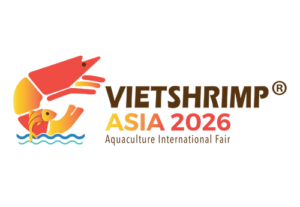
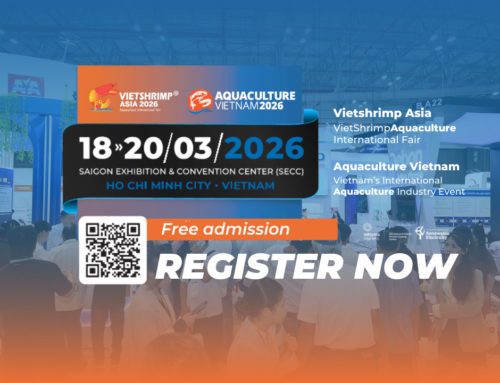
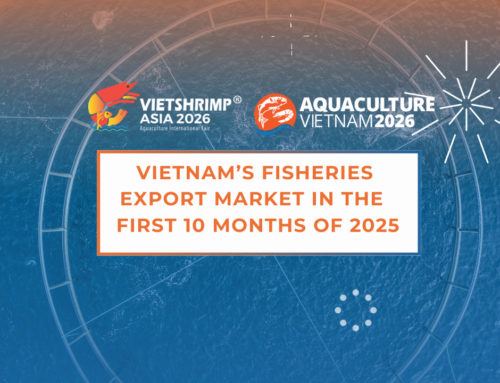
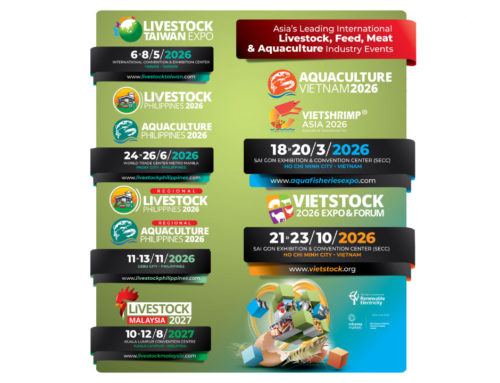
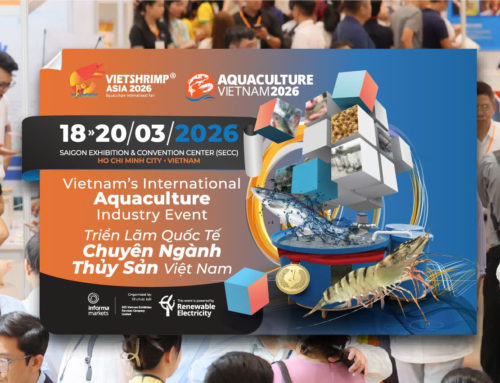
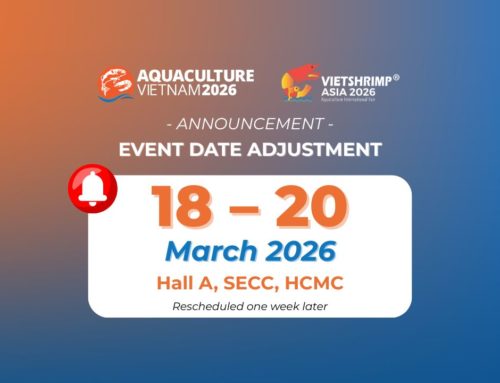

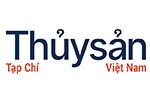



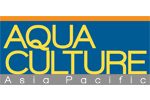
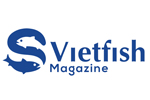
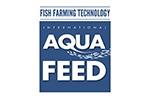
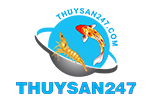

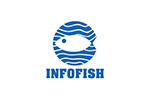
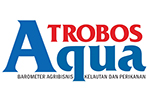

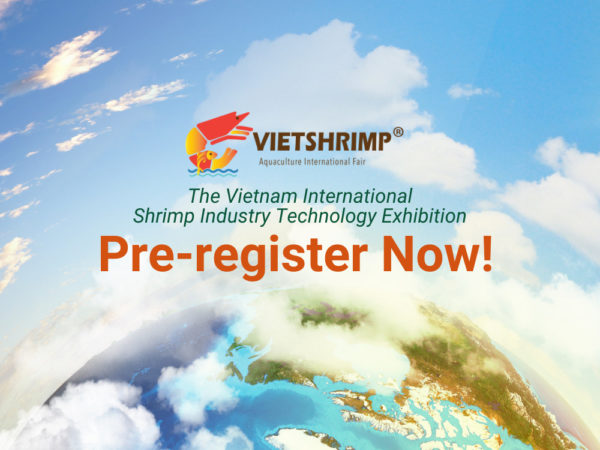
Để lại một bình luận